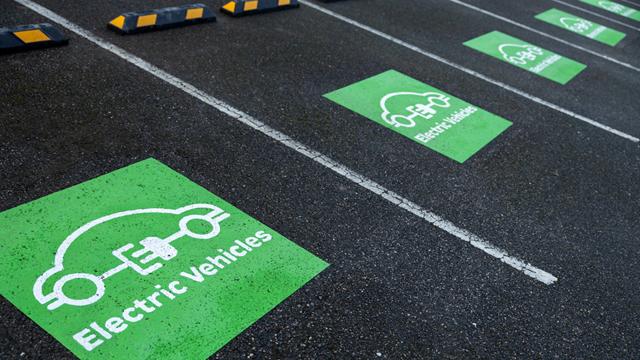Well we do not have to worry about the national grid,we live in a age where we are not told the truth,I suppose that has always been the way even years ago,ordinary people are not given the facts,but we do have at the moment a headlong rush to achieve a green status,and it seems that truth and and anything approaching common sense is thrown out with the bath water.
Heat pumps,just how many older homes have had them fitted,I suspect not very many,but no real numbers,plenty of adverts,then we have the EV cars there is no point talking about their failings,we all know that the range and the fact companies are the main buyers and the depreciation is tragic,but where was the common sense when we have the NHS buying electric ambulances,or the Fire service buying EV fire engines,we do see large haulage companies buying a couple of token units ,and of course we have in use some EV buses,of all of those the bus is ok I suppose,if it conks out you get off,I suppose you can manually open the doors,and carry on your journey,but the ambulance and fire engines now that is a step too far,and the trucks,well put on short range jobs,they will never be able to turn a profit for their owners,for them the winter will be the big problem,even on short hauls,the driver will have the heater on,and also while waiting to load,I suppose no EV will have a night out,but if they did the heater on all night,well that could be one dead truck in the morning,even diesel trucks save guard being able to start in the morning,those night heaters do not use alot of diesel,but you must have more than 10% diesel in your tank or the heater will not work.
For me we have a very large number of clever people who have all bought into the kings suit of clothes and so are running around naked,a sight I would rather not see.
Obviously whoever decided to call the submerged area Doggerland had a sense of humour.




:max_bytes(150000):strip_icc():format(webp)/victorian-christmas-scene--ca--1895--526608136-5bed983746e0fb00584e98a6.jpg)